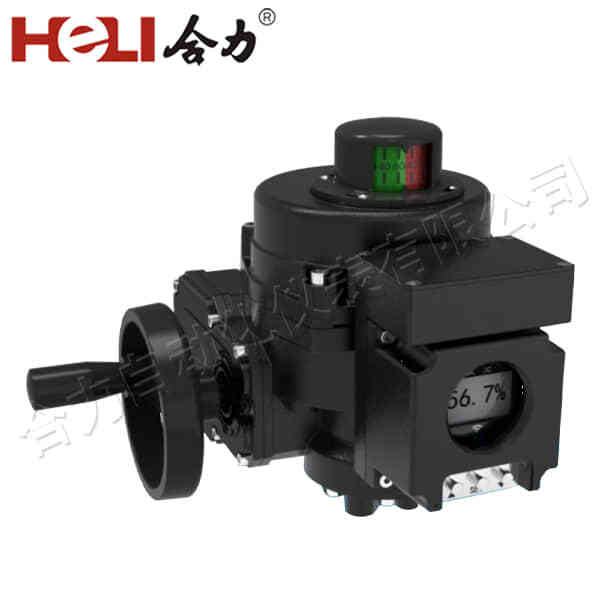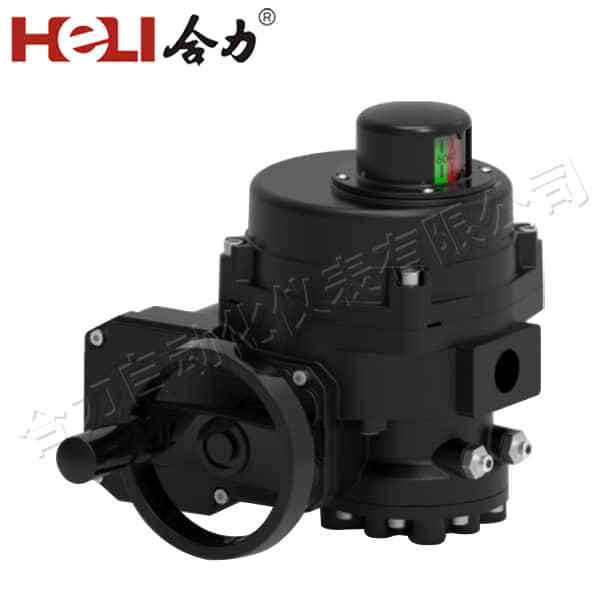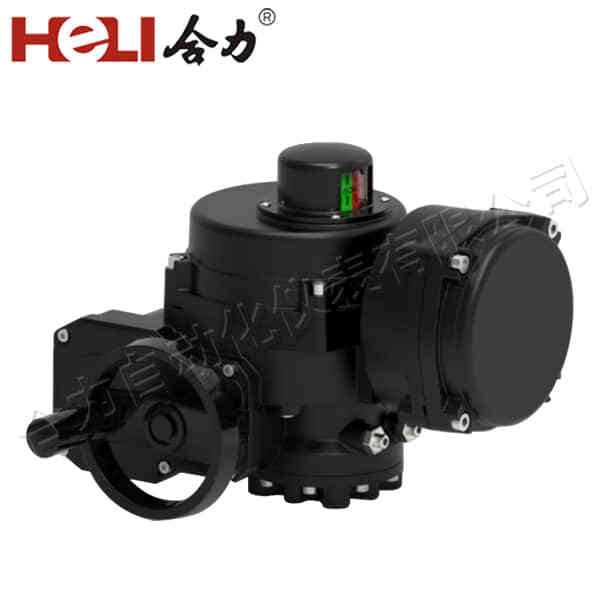Electrical installation is an essential part of both residential and commercial construction projects. It ensures that electrical power is safely and efficiently distributed to various appliances, lighting systems, and machinery. Proper electrical installation not only helps to avoid electrical hazards but also optimizes energy consumption and enhances the overall safety of the building. In this article, we will explore the key components of electrical installation, the steps involved, and the importance of adhering to safety standards.

The Components of Electrical Installation

An electrical installation typically involves the following core components: Wiring and Cabling: The electrical wires and cables are responsible for carrying electricity from the power source to different parts of the building. These can include copper or aluminum conductors, insulated with materials like PVC to prevent electrical shock and short circuits. The selection of the right type of wire is crucial to ensure proper current flow and prevent overheating. Circuit Breakers and Fuses: These safety devices are used to protect the electrical system from overloads or short circuits. Circuit breakers automatically cut off power when there is a fault, while fuses burn out when the current exceeds a safe threshold.
